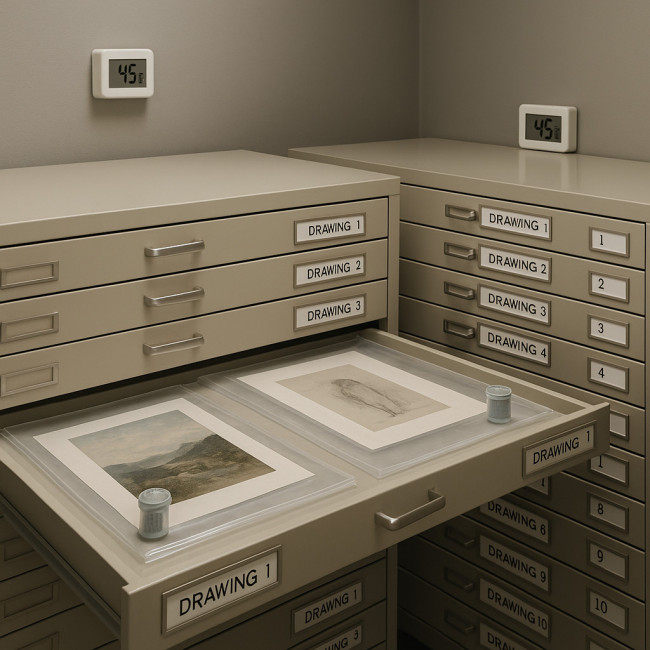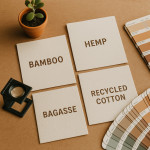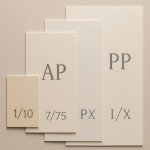Archiving fine-art prints: humidity, sleeves and data sheets made easy
Want your limited editions to outlive you? Mastering humidity control, choosing the right archival sleeves and creating bullet-proof data sheets will keep your fine-art prints vibrant, valuable and exhibition-ready for decades.
Why archiving fine-art prints matters

Archiving fine-art prints is much more than “storing artwork in a drawer”. Acidic mounts, rogue fingerprints and a 10 % jump in relative humidity (RH) can slash print life in half. For collectors, galleries and artists marketing through specialised print-design directories, pristine condition equals higher insurance cover, resale value and repeat clients.
The three pillars of successful print archives
1. Consistent humidity control
Most fine-art papers and modern pigment inks thrive at 40–50 % RH and 18–21 °C. Outside that band, colour shifts and cockling accelerate. You therefore need:
- Calibrated hygrometers at top and bottom shelves.
- Silica-gel canisters or molecular sieves swapped every three months.
- Smart dehumidifiers with auto shut-off below 40 % RH.
Set phone alerts for spikes; even five hours at 70 % RH can start mould bloom on cotton rag papers.
2. Archival sleeves & interleaves
Choosing sleeves is where many studios slip. Polypropylene and polyethylene are inert and affordable; polyester (Mylar®) offers superior clarity but builds static. For darkroom fibre prints, breathable unbuffered paper envelopes remain the gold standard to avoid ferrotyping.
| Sleeve type | Best for | Drawbacks |
|---|---|---|
| Polypropylene 90 µm | Everyday pigment prints | Prone to scratches if mishandled |
| Polyester (Mylar® D) | Exhibition transport | High static, costly |
| Buffered paper folders | Silver-gelatin & cyanotypes | Not moisture-proof |
| Unbuffered cotton envelopes | Albumen & platinum prints | Expensive, bulky |
3. Rock-solid data sheets
Even perfect climate control falls short if future handlers misread edition data. A concise data sheet taped to the rear of each portfolio sleeve should include:
- Artist, title, year, and full edition notation.
- Exact print size and paper stock.
- Ink set or chemical process used.
- Provenance chain (galleries, fairs, private transfers).
- Recommended RH and temperature targets.
This one-page summary prevents misfiling, supports insurance claims and reassures buyers scanning online listings like edition-add-on guides.
Step-by-step archiving workflow
1. Surface prep: gloves & air blast
Always start archiving fine-art prints by donning nitrile gloves. Compressed, filtered air removes dust better than brushing. Avoid canned air with propellants that leave residue.
2. Humidity check & record
Log current RH on the data sheet before sleeving. This tiny ritual keeps the keyword “archiving fine-art prints” central to your studio's SOP and provides a timeline of environmental shifts.
3. Sleeve selection & sealing
Insert the print face-up; slide buffered board behind to prevent dents. Expel trapped air and apply a low-tack polyester hinge tape—no PVC.
4. Box or flat-file arrangement
Store heaviest prints at the bottom and size-match within each compartment. Use vertical separators every 5 cm to avoid slumping.
5. Quarterly inspection
Every three months, open 10 % of boxes at random. Check for micro-spotting, waviness or sleeve yellowing. Update the data sheet and replace desiccants if saturation dots turn pink.
Humidity vs. deterioration: a quick look at the numbers
Source : Image Permanence Institute
Tech upgrades to automate archiving fine-art prints
- RFID-tag sleeves link physical inventory to cloud databases.
- Bluetooth hygrometers push daily RH snapshots to Google Sheets.
- QR-code data sheets grant collectors instant provenance scans—an idea explored in our piece on limited-edition numbering rules.
Common mistakes and quick fixes
Even experienced printers slip up. Below are five missteps that threaten the archiving fine-art prints process and easy remedies:
- Stacking un-sleeved prints — add glassine interleaves immediately.
- Using cardboard boxes — switch to acid-free, lignin-free board.
- Storing near exterior walls — move to interior closets.
- Labelling with Sharpie — adopt graphite pencils or pigment pens.
- Skipping acclimatisation — let shipped prints rest 24 h before unrolling, following tips in our shipping guide.
Mini-quiz: test your print-archiving IQ
FAQ
- Can I store fine-art prints in a regular plastic sleeve?
- Only if the sleeve is polyethylene or polypropylene rated “archival” and free from PVC or plasticisers that off-gas.
- Is buffered paper safe for all print types?
- No. Cyanotypes, albumen or dye-transfer prints prefer unbuffered paper because alkaline buffers can alter dye chemistry.
- How many times should “archiving fine-art prints” appear in my data sheets?
- Once is enough; clarity matters more than keyword stuffing. Focus on process specifications and environmental targets.
- Do I need a HEPA filter in my storage room?
- Not mandatory, but a portable HEPA unit reduces airborne mould spores, adding an extra layer of protection.
- What's the best way to catalogue editions digitally?
- Pair an RFID or QR tag with a cloud database that mirrors data-sheet fields—artist, size, paper, RH logs and provenance.
Take the next step
Ready to elevate your archiving fine-art prints workflow? Download our free checklist, audit one storage box this week and experience the peace of mind that comes from museum-grade care. Your future collectors—and your bottom line—will thank you.











